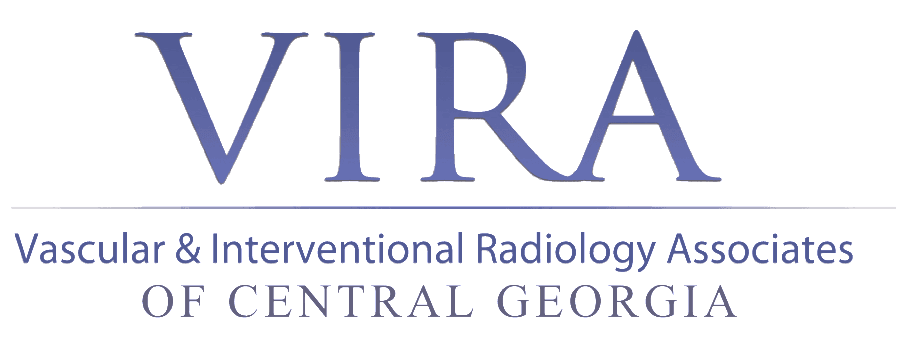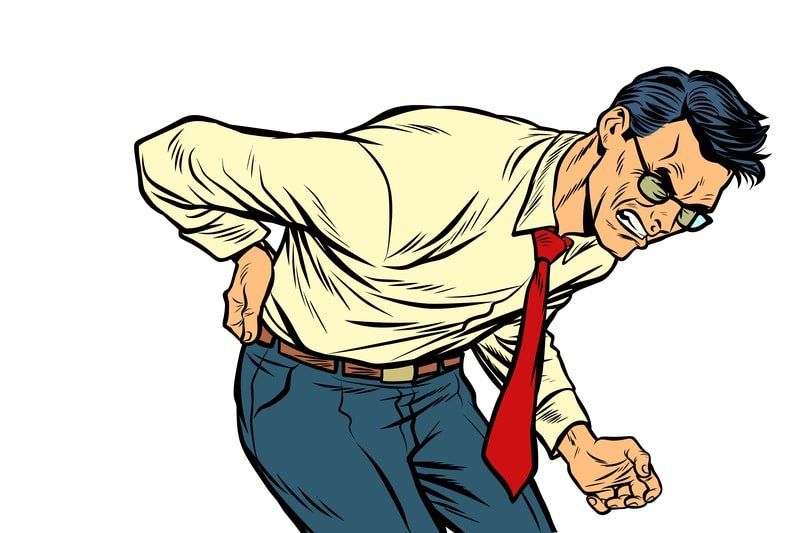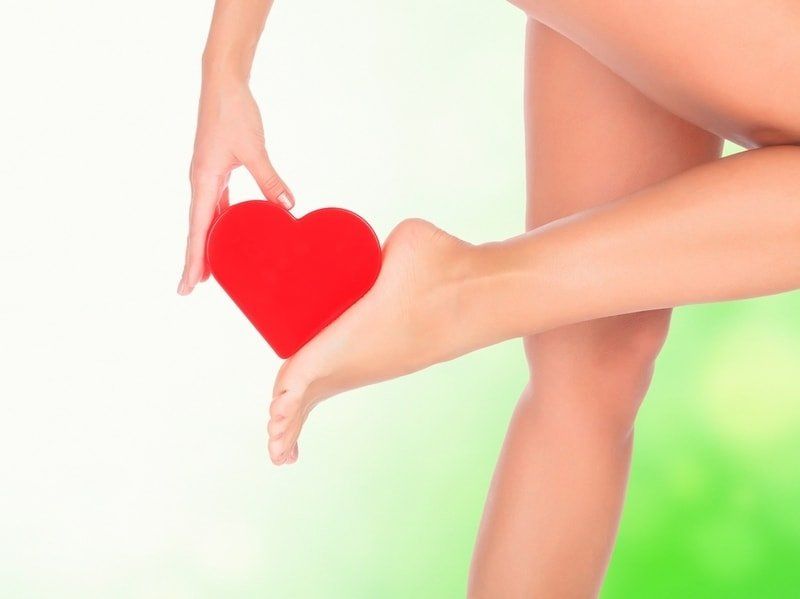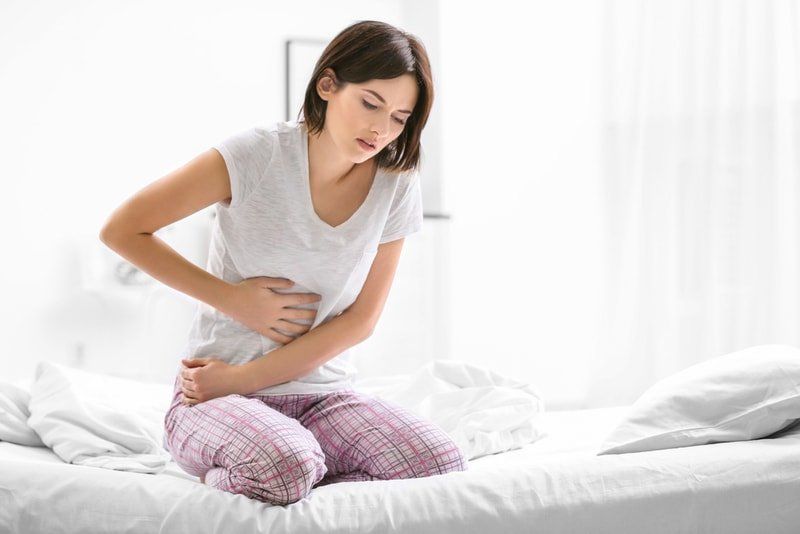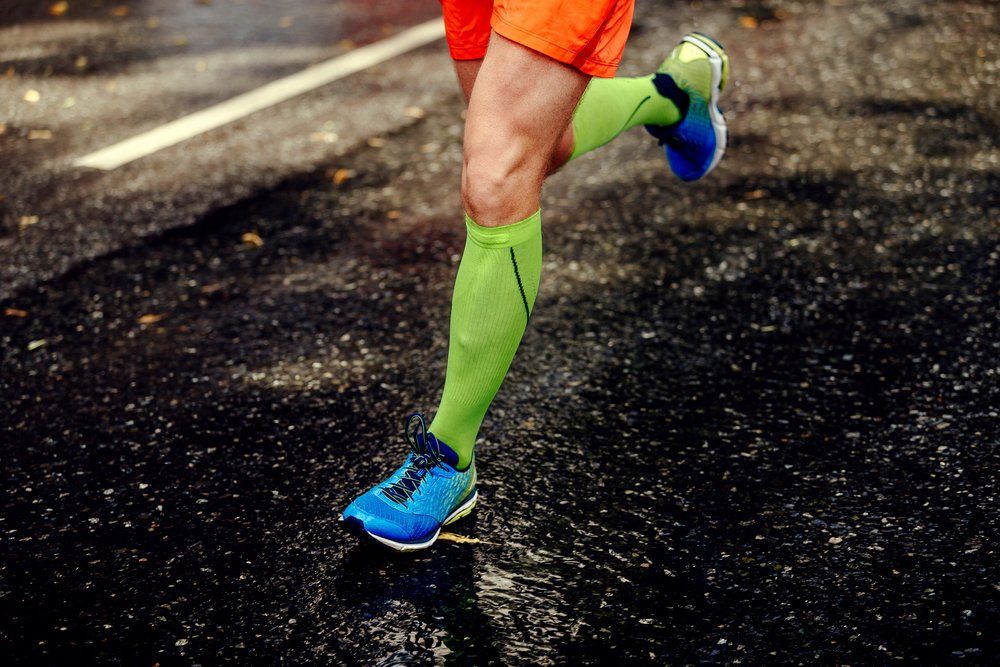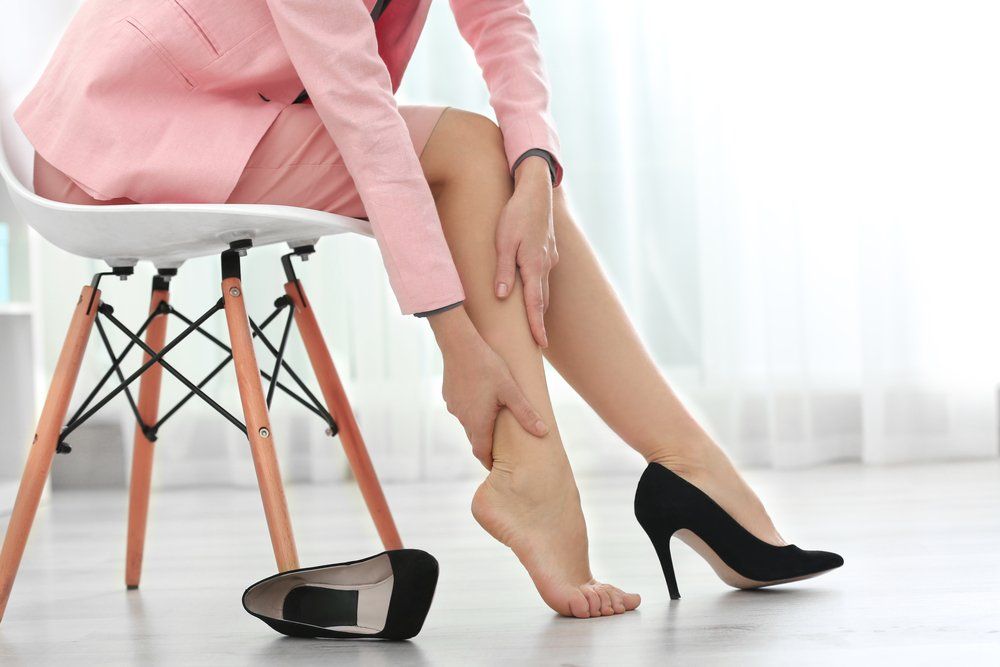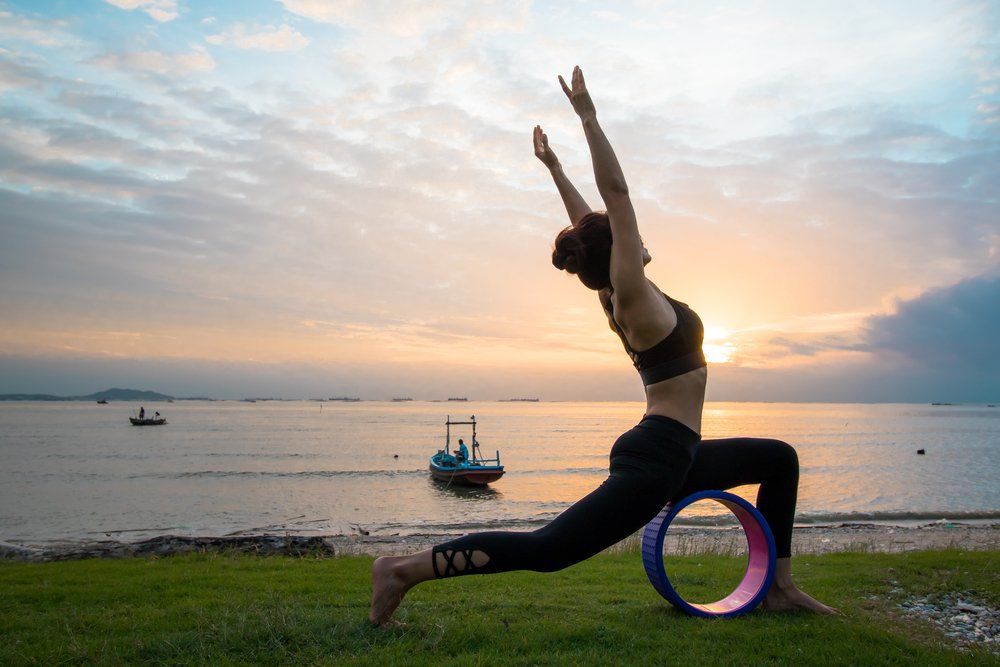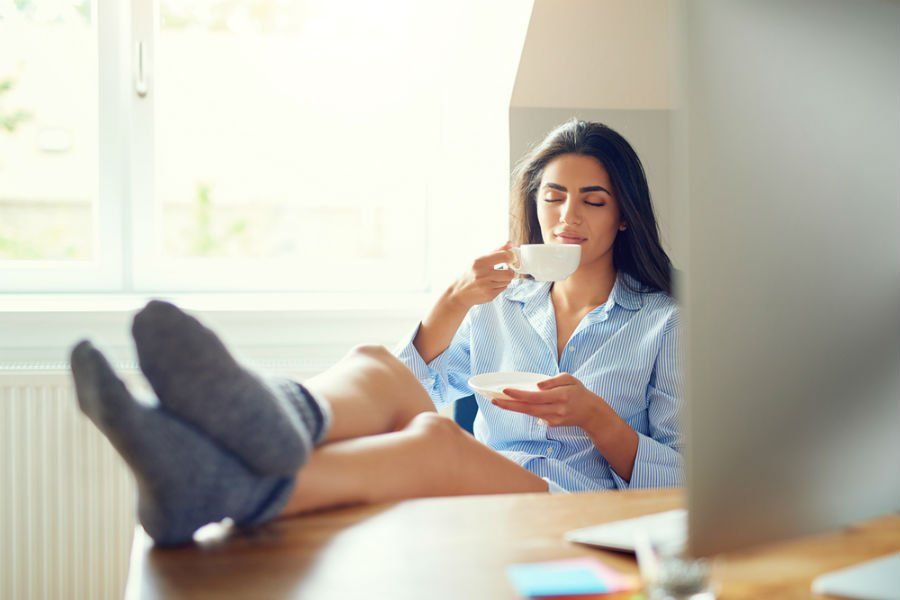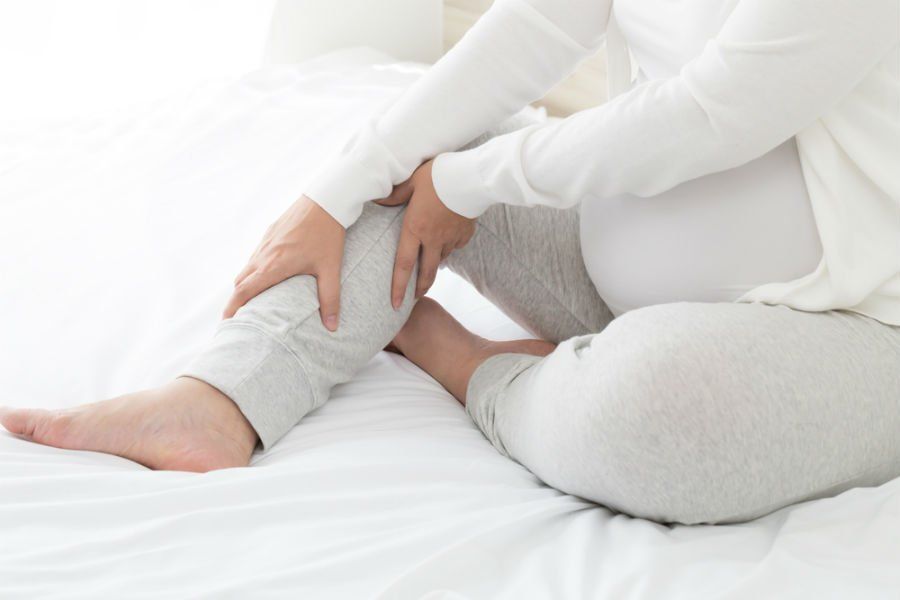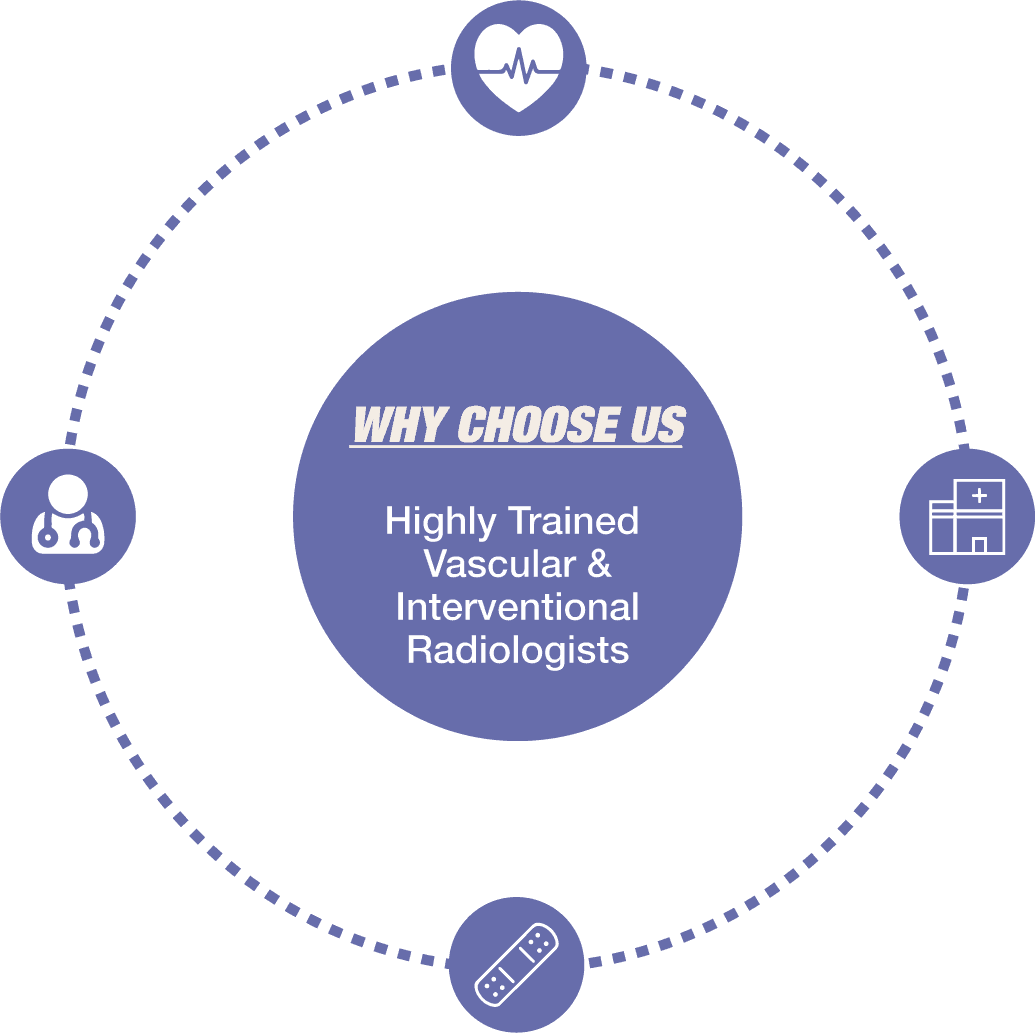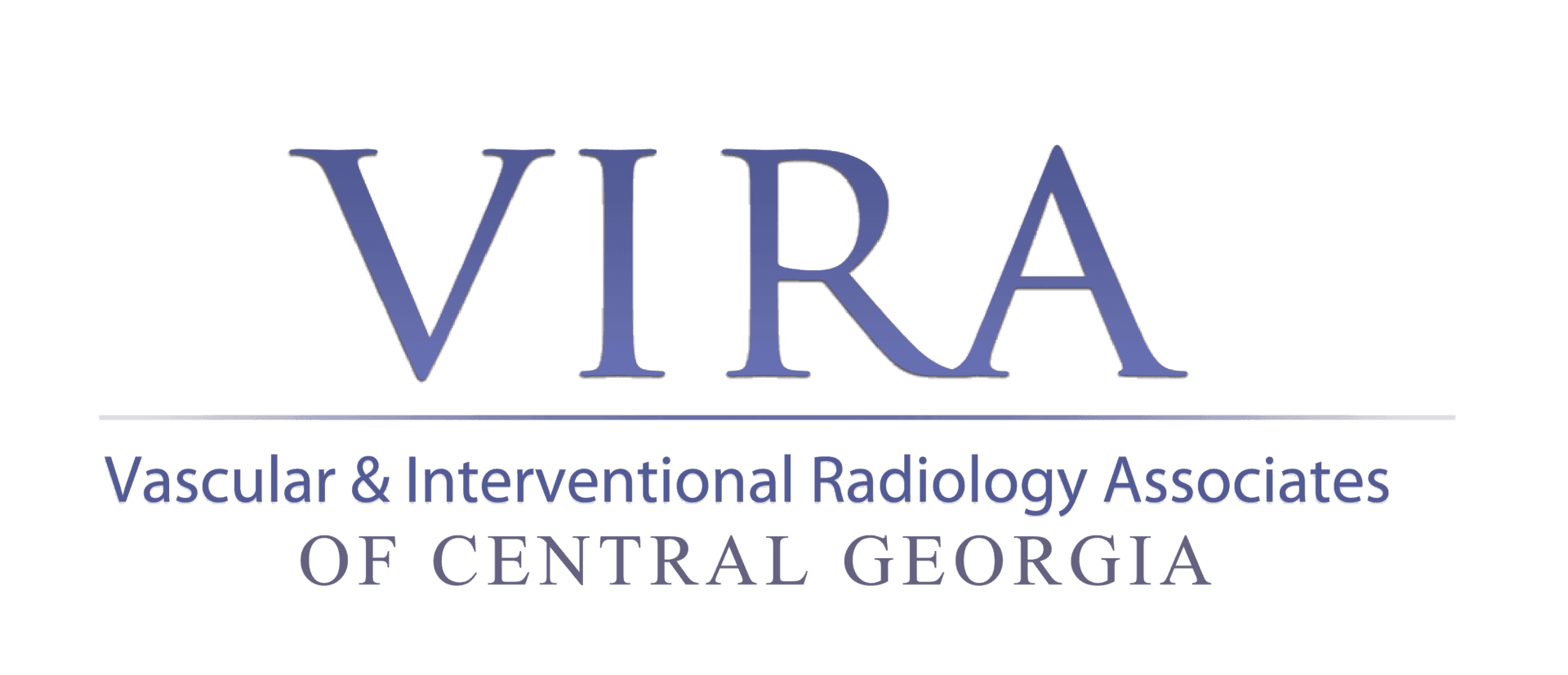Should I Worry About My Visible Veins?

Seeing veins through your skin can be scary. You may not be sure if you have varicose veins or a serious disorder that makes your veins visible. Some reasons you see them are benign, such as having very pale skin or low body fat or being a weightlifter. Our skin also gets thinner as we age, so over the years you may notice your veins more than when you were younger.
There are also more serious causes of visible veins that require medical attention. Vascular diseases, such as deep vein thrombosis (DVT), can cause blood flow through your veins to be obstructed. This not only makes your veins more obvious, but also causes severe leg pain, strokes and heart attacks.
Venous reflux disease is also a common cause of visible veins. More than 25 million Americans suffer from this disease, which has symptoms like varicose veins, spider veins and restless legs syndrome (RLS).
What Are Varicose Veins?
Varicose veins sometimes look ropey or gnarled. They’re usually found in the legs or feet because standing and walking increases the pressure on those veins. While they are sometimes just a cosmetic concern, they can also cause pain for many people, and have the potential to lead to more serious circulatory problems for some patients. If you’re experiencing heavy or achy legs, or if your veins burst and bleed or change color, you may have varicose veins. Spider veins are similar in appearance, but are closer to the surface, often look like a spider web and can be found on the face or legs.
When Should I Seek Medical Attention?
Exercise, compression socks and elevating your legs can help relieve pain from varicose veins. If you’re concerned about the look or feel of the veins, go to your doctor. Varicose veins are more common in older people, pregnant women and those with a family history. If you’re overweight or obese, or stand or sit in the same position a lot, you also may be at risk. Complications from varicose veins are rare but serious and can include:
- Ulcers
- Very painful ulcers can form on the skin near the veins, and are more common around the ankles. They’re caused by fluid buildup because of increased blood pressure within the veins. A discolored spot usually appears before an ulcer forms.
- Blood clots
– Veins deep within the legs can become enlarged, causing the leg to swell. If you experience swelling, seek medical attention immediately because it could be a sign of a blood clot.
- Bleeding
– Veins close to the skin can burst. This usually only leads to minor bleeding, but you should go to your doctor right away if this happens because there’s a higher risk of it happening again.
How Can I Prevent Varicose Veins?
Varicose and spider veins aren’t totally preventable, but you can lessen your risk of developing them or make the ones you have less painful.
- Wear sunscreen to protect your skin from the sun and prevent spider veins on your face.
- Exercise regularly to improve circulation and vein strength.
- Avoid crossing your legs regularly when you sit.
- Don’t stand or sit for long periods of time.
- Eat a low salt diet with plenty of high-fiber foods.
If you want to treat the varicose or spider veins you currently have, Vascular & Interventional Radiology Associates of Central Georgia (VIRA) can help. We’re the only team in the area that utilizes the latest Laser Vein Therapy. The treatment uses a small laser on a tube inserted into the vein, which results in less pain and bruising compared with other treatment methods. Our doctors also use radiofrequency treatments on some patients. Whichever treatment our team uses, we ensure it will be the best for you. In most cases, it will even be covered by insurance, giving you peace of mind that the great results of your treatment will be long-lasting and at little to no cost to you.
Ready to get rid of your varicose veinsand say goodbye to pain? Take our vein assessment and schedule your appointment today, or call us at 478-757-8868 to talk with our team about your options.

